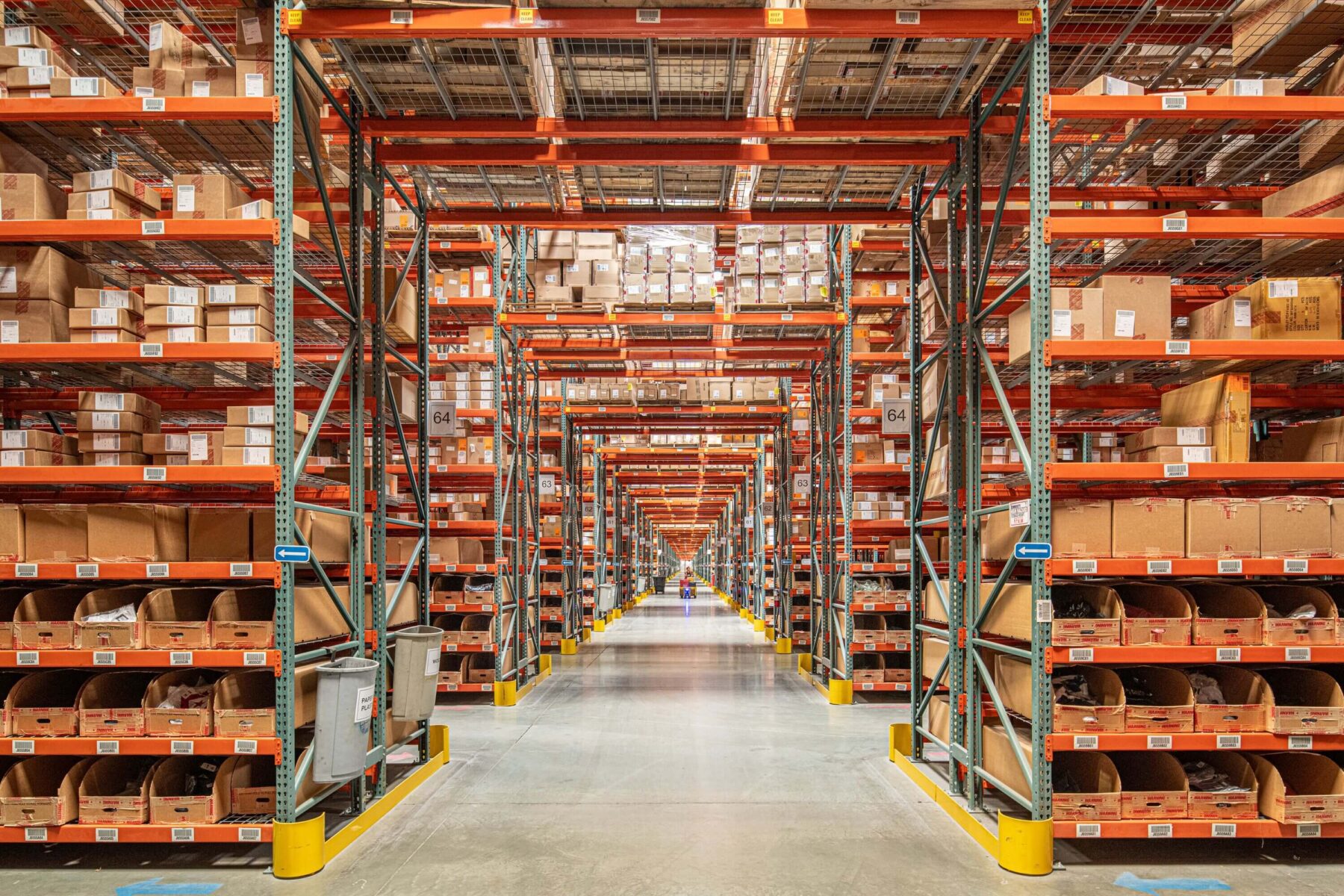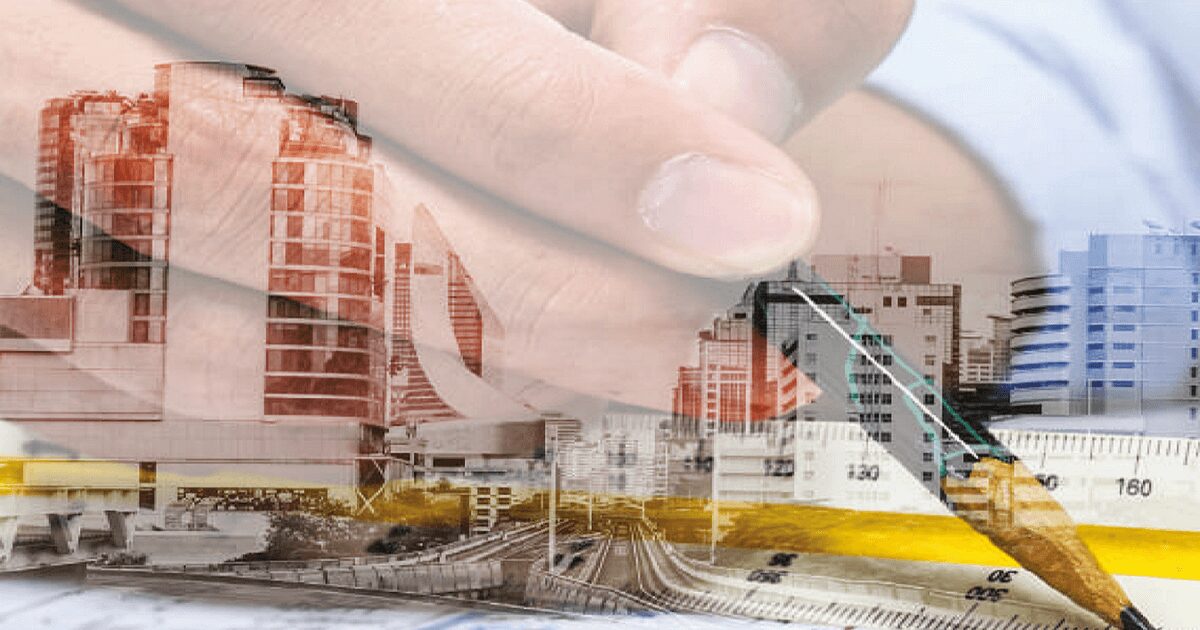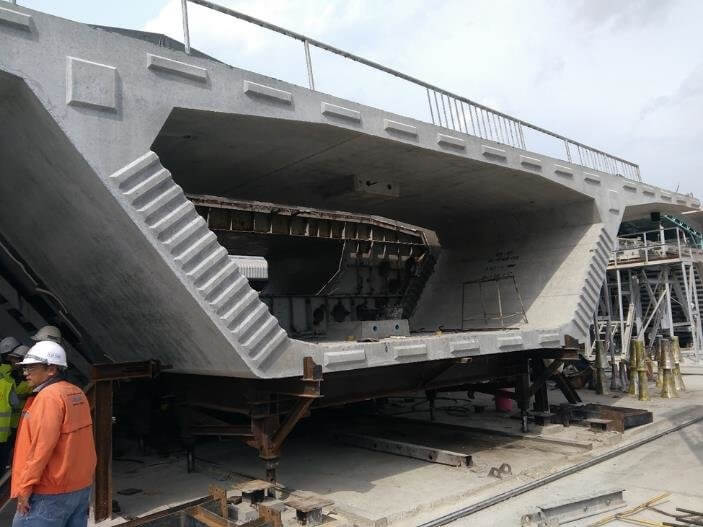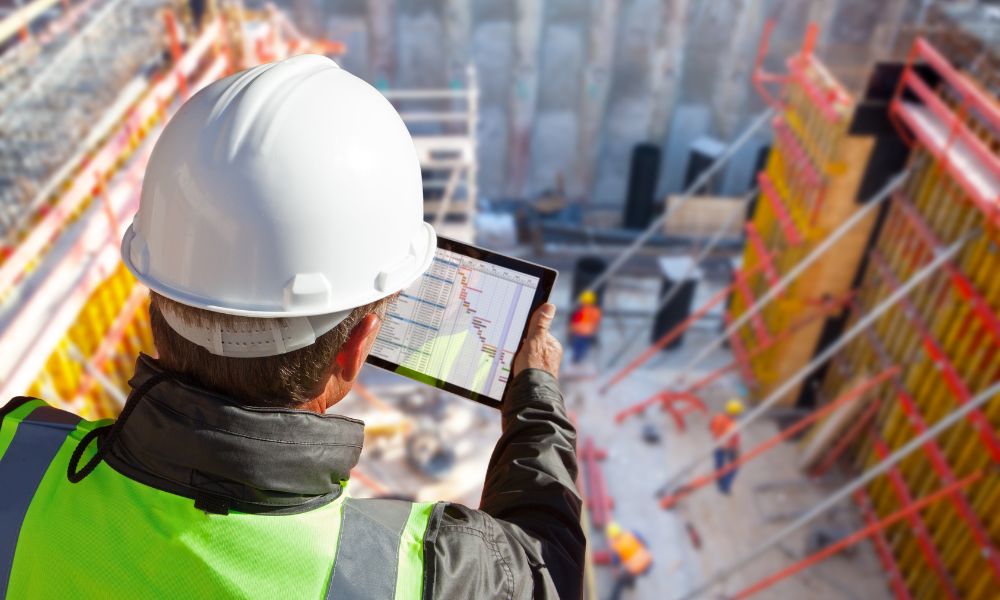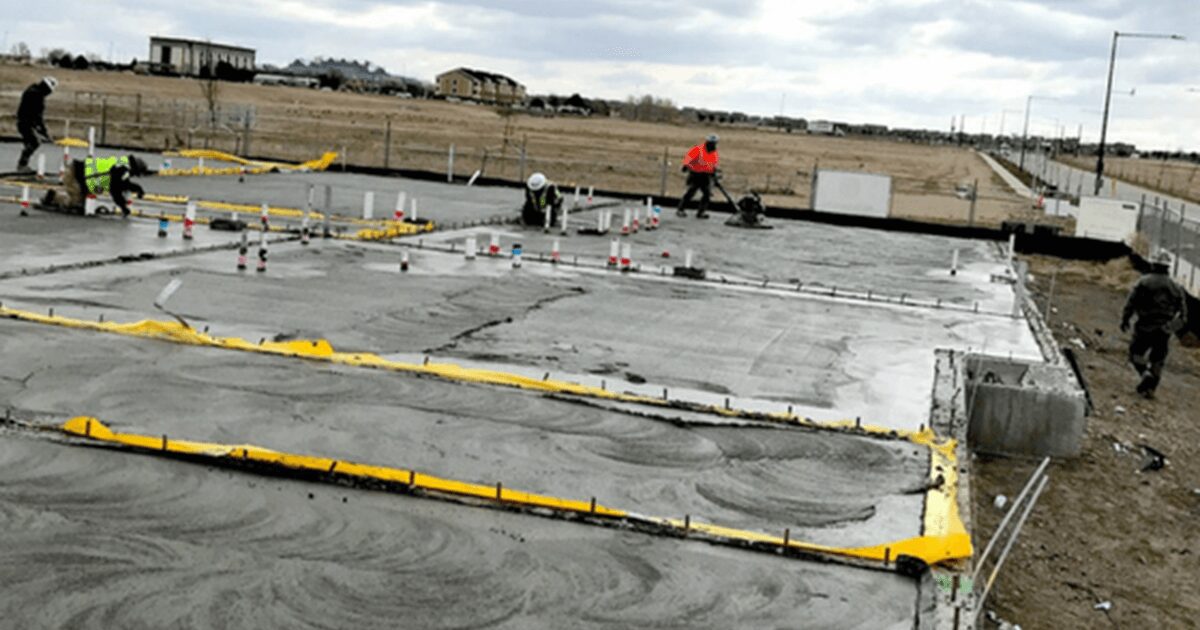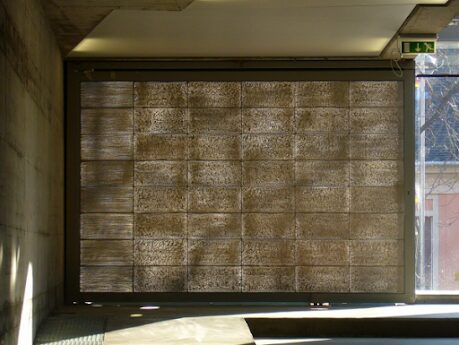It is essential to maximize energy efficiency in commercial buildings to reduce operating expenses and minimize environmental impact. Here are some strategies and tricks to increase your energy efficiency: Start an energy audit by analysing your building’s energy consumption patterns and identifying areas for improvement. An energy audit can disclose opportunities for lowering energy consumption […]
Throughout the year, building proprietors must pay electricity bills, but their energy consumption typically varies according to the season. There is no question that summer is the worst season. During the summer, solar panels produce the most electricity, which serves to offset the high energy consumption of air conditioning systems. Unfortunately, each year the summer […]
As online purchasing and e-commerce become commonplace, the trend of converting spaces into warehouses has become more prevalent. To transform an empty space into a functional warehouse, certain steps must be completed prior to stocking it with inventory or shifting boxes around. Today, we will highlight ten essential factors to consider when designing a warehouse […]
Structural engineering is an ever-evolving field, with new technologies and materials continually being developed. This is leading to the development of novel and inventive methods for designing and constructing structures that are more efficient, safe, and sustainable. According to the World Economic Forum’s “The Future of Jobs 2016” report, we are during a fourth industrial […]
In construction, A shear key is a feature or element that is incorporated into the design of certain structures to increase their stability and resistance to horizontal forces, especially those resulting from seismic activity or soil movements. Here are the functions and applications of shear keys: The purpose of a shear key is to provide […]
Certain building design and construction practices can increase a structure’s capacity to withstand earthquake damage. Key considerations for earthquake-resistant structures include: Structural design: Buildings designed to withstand earthquakes generally integrate seismic design principles. This includes the use of structural systems like reinforced concrete frames, steel frames, and moment-resisting frames that can effectively distribute and disperse […]
The construction industry is undergoing a profound transformation because of technological advancements. Here are five revolutionary technologies transforming the construction industry: BIM: Building Information Modelling is a digital representation of a construction project that combines 3D models, data, and collaborative tools. It enables project stakeholders to visualize, analyze, and simulate the construction process prior to […]
Curing concrete in high temperatures necessitates special care to ensure proper hydration and avoid problems such as premature drying, cracking, and diminished strength. Here are some expert recommendations for curing concrete in humid weather: Start early and plan:Commence concrete placement and finishing in the early morning or late evening when temperatures are milder. To minimize […]
What is translucent concrete? Translucent concrete, also known as light-transmitting concrete or transparent concrete, is a remarkable material with mystical and entrancing properties. It combines the structural properties of conventional concrete with the ability to transmit light, thereby creating unprecedented opportunities for architectural design and aesthetic expression. Here are some of translucent concrete’s stunning effects: […]
Typical procedures for replacing damaged concrete members in structures are as follows: Evaluation and Planning: Examine the damaged concrete component to determine the extent and cause of the damage. Evaluate the structural implications of the damage and determine if replacement is necessary. Develop a comprehensive plan for the replacement procedure, including the order of operations […]




